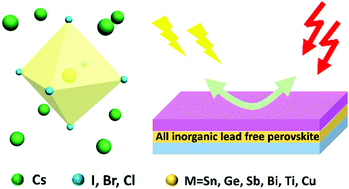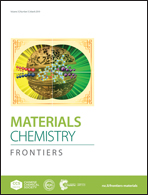All-inorganic lead-free perovskites for optoelectronic applications
Abstract
Organic and inorganic hybrid lead halide perovskites have successfully emerged as revolutionary optoelectronic semiconductors for use in various applications. The long-term stability and lead toxicity of hybrid lead halide perovskites have attracted increased attention; therefore, all-inorganic lead-free perovskites have become an alternative perovskite for use in optoelectronic applications. Among them, all-inorganic CsSnI3 has also been developed. The main issue limiting the optoelectronic performance and stability of Sn-based perovskites is the low chemical stability of Sn2+, which is very easy to be oxidized to Sn4+ under air conditions. Several approaches have been adopted to prevent the oxidation of Sn, thereby improving its performance. However, its chemical stability is still difficult to manage. Other than Sn, other transition metals such as Ge, Bi, and Cu have also been used to substitute Pb and form novel lead-free perovskites. Although such non-Sn lead-free perovskites exhibit much better stability, their photovoltaic performances are lower as compared to those of Pb- or Sn-based perovskites. However, these novel all-inorganic lead-free perovskites exhibit potential in photoluminescence and other optoelectronic applications. Overall, we have reviewed the recent progresses and outlooks regarding the prospects and challenges faced by all-inorganic lead-free perovskites.

- This article is part of the themed collection: 2019 Materials Chemistry Frontiers Review-type Articles


 Please wait while we load your content...
Please wait while we load your content...